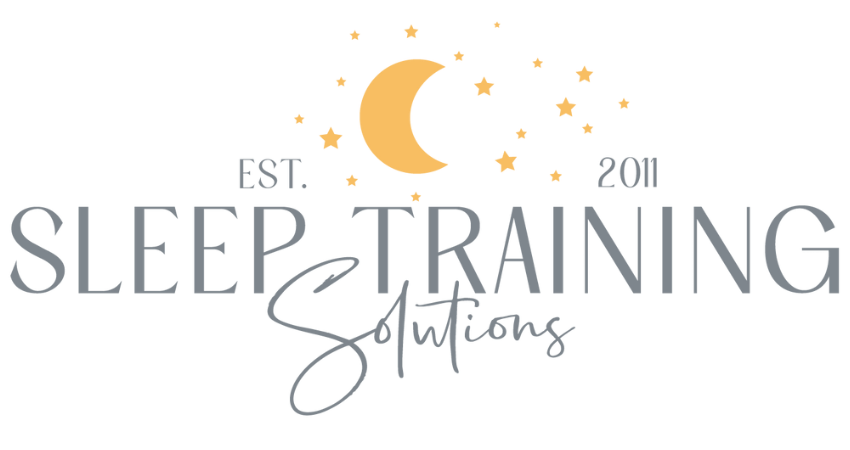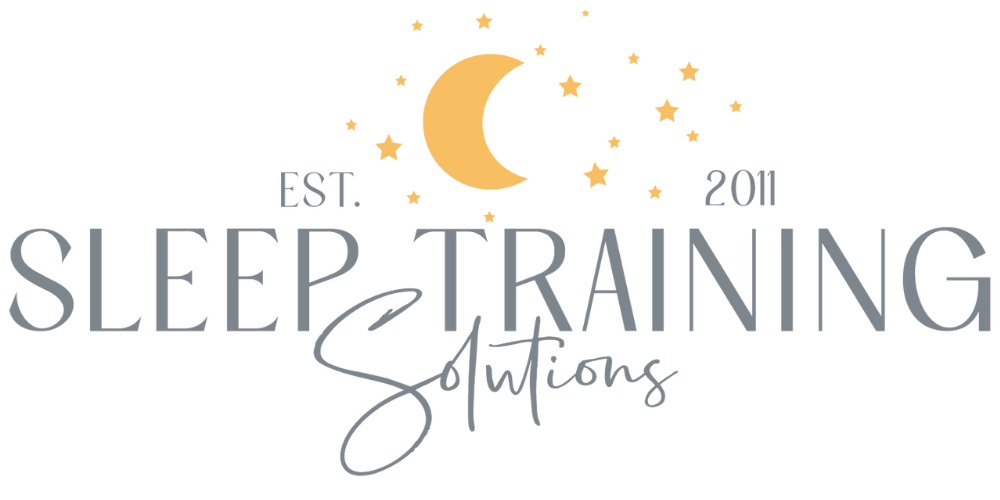What to do when pooping affects your child’s sleep!
Child pooping in their sleep?
Does your baby wake up early in the morning or have short naps because of poopy diapers? (Of course, we’re talking and babies older than 3-4 months - because newborns will poop and eat 24 hours a day!) In this post, we’ll talk about why your child is pooping during sleep and what to do when pooping starts affecting your child’s sleep!
Why your child poops during sleep
Still eating overnight
If your baby (past the newborn stage!) still has a night feed (or two!), then the increased input during the night will create more output :) Once your baby weans from overnight feeds, that will help a lot!
Recently started solids
If your baby is just starting solid foods, it makes sense that bowel habits are changing. Introducing new food too quickly can also affect things. If you’re looking for a book on when to introduce which foods by month, I recommend this one.
Growth spurts
If your baby is going through a growth spurt, he’s eating more which means more poopy diapers.
Learning a new skill (including sleep training!)
If your child is going through a milestone and learning a new skill, or you’re starting sleep training and changing the routines and schedules, there’s a very good chance all these new changes will affect when your child is having poopy diapers.
Teething
There’s a myth that circulated that teething can cause diarrhea, but there’s actually no scientific evidence supporting that. That said, many moms do believe that more poopy diapers is a “fun” side effect of teething. So your baby may or may not have more poopy diapers during teething. For more info n teething and sleep, check out this post Teething and Sleep: Understanding the Impact on Your Baby's Naps and Bedtime
What to do when your child poops during sleep
Lather on the butt cream
Until someone invents a smell-o-vision baby monitor, lather on the butt cream at bedtime just in case you don’t catch a poopy diaper to help prevent diaper rash.
Use zips - no snaps!
Put your child in zip pajamas like these organic sleepers under the sleep sack so you don’t have to deal with buttons or snaps if you need to do a middle of the night diaper change!
Time fruit and fiber wisely
If your baby is on solids, offer fruit (especially the P fruits - plums, prunes, pears, peaches, passion fruit) and foods higher in fiber earlier in the day so it has time to work it’s way out before bedtime! If your toddler is waking up early from a short nap, offer fruit and fiber at breakfast or right after nap time, instead of for lunch.
Move bathtime to the beginning of the bedtime routine
Warm water can help stimulate the bowels and move things along and hopefully, by the end of the routine, you’ll need to change a dirty diaper!
Offer more binding foods at dinner
Skip the fruit at dinner and offer meat, cheese, rice and toast if your child is waking in the middle of the night with a poopy diaper.
Move the bedtime feed earlier
The only time I suggest this is when your baby has a fairly quick turnaround after eating to having a dirty diaper. Otherwise, it’s best to have it as the second to the last step so it’s as close to bedtime as possible without being the last step. We want to break any feed-sleep association, so make sure you’re reading books after the feed.
For toddlers and preschoolers, offer some privacy
As your child gets older, they start realizing that they prefer pooping in peace, away from others. If your child is regularly pooping in the middle of the night, it may be because that’s the first time they’ve been alone to do their business! Provide that alone time by offering some independent play later in the evening.
Keep a food log
Keep a food log for the type of food AND the timing that your child is consuming it. If you’re breastfeeding and your child is not on solid food yet, log the foods you’re eating and how that affects your baby’s poopy diapers. If your baby is on solids, keep a food log of what foods your child is eating and the timing before sleep. If you’re sleep training and are already using a sleep log to track sleep, just keep everything on one log sheet to make things easier for you!
Poop waking baby up!
Related Posts:
Sleep Training Solutions is a participant in the Amazon Services LLC Associates Program, an affiliate advertising program designed to provide a means for sites to earn advertising fees by advertising and linking to Amazon.com and affiliated websites.
This post is for informational purposes only and may not be the best fit for you, your child and/or your personal situation. It shall not be construed as medical advice. The information and education provided here is not intended or implied to supplement or replace professional medical treatment, advice, and/or diagnosis. Always check with your child’s physician or medical professional before trying or implementing any information read here.





